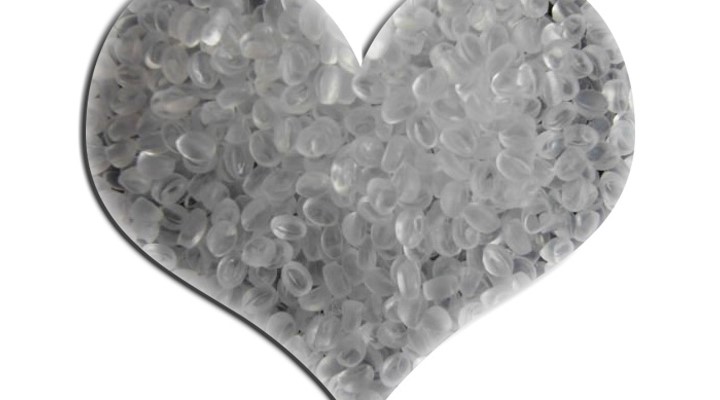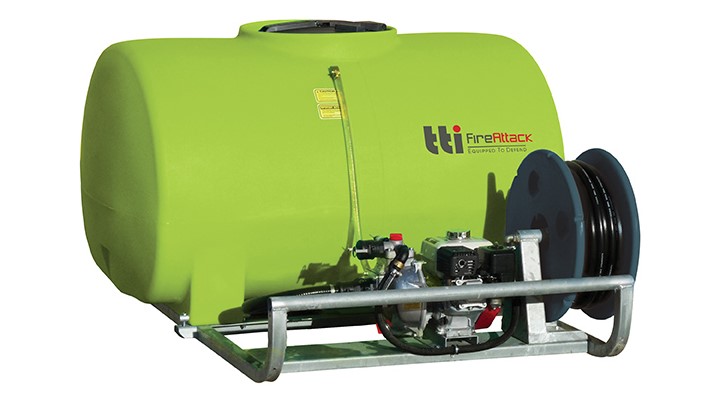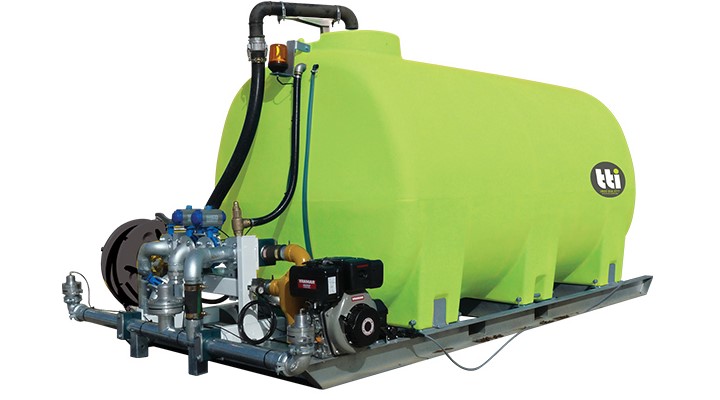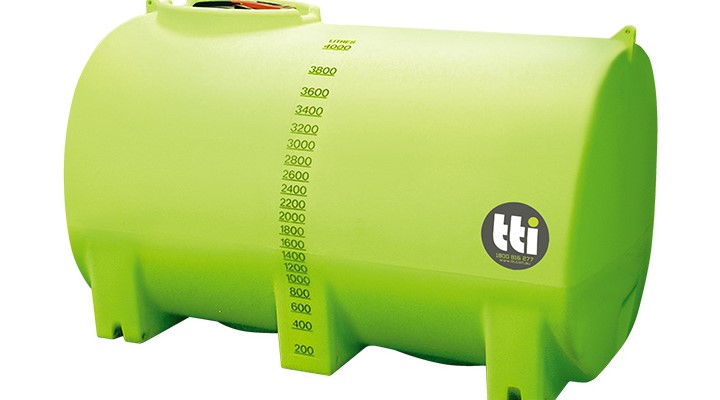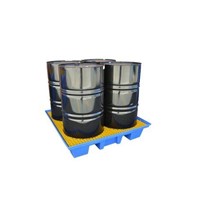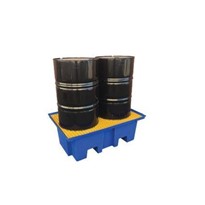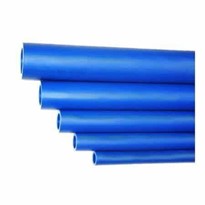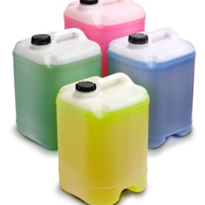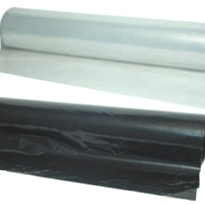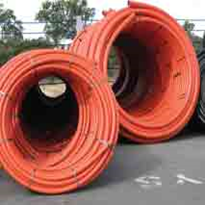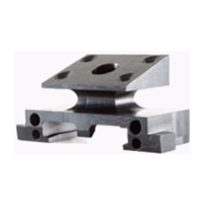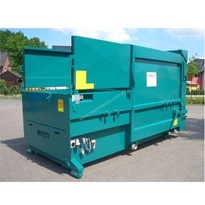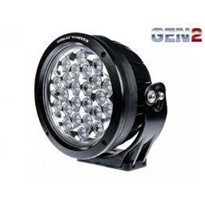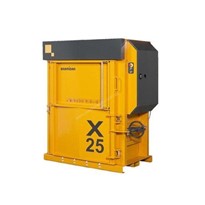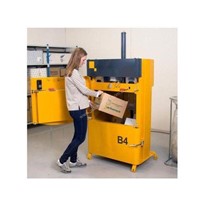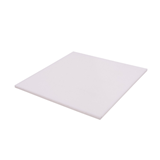In 1935 Michael Perrin developed a process to reproduce results formed two years earlier (accidentally again) by Imperial Chemical Industries workers, Eric Fawcett and Reginald Gibson, creating a reproducible high-pressure synthesis for polyethylene. It formed the basis for industrial LDPE (low density polyethylene).
Like many other accidental creations, TransTank International loves polyethylene. Here're 10 Reasons why.
Safe plastic (food grade / potable water)
Unlike many other plastics, polyethylene is considered a safe plastic as it doesn't contain any known harmful chemicals, and yearly production uses less than 1 per cent of the total crude oil and natural gas across the globe.
Manufacturing is clean and emits minimal harmful substances, with hardly any waste (it's also highly recyclable). The solvent resistant plastic can be considered food grade, and is safe for carting potable (drinking) water.
Super strong
There are many variants of polyethylene – including LDPE, HDPE (high density polyethylene) and LLDPE (linear low density polyethylene) – all of which bear varying tensile strengths. LDPE is the lowest, and HDPE the highest.
LLDPE is the preferred polyethylene used by TTi, as it offers high tensile strength, paired with impact and puncture resistance, and elongates under stress.
Lightweight
Polyethylene manufacturing creates branching of carbon atoms which denote the density, and therefore molecular weight of the plastic. The more dense the branches, the heavier the polyethylene, and vice versa. LLDPE is produced at lower temperatures and pressures through copolymerisation, which creates a narrower molecular weight distribution than regular LDPE.
Flexible
The lightweight properties mentioned above lend themselves to the flexibility of polyethylene. To put it simply, the lighter the unit, the less compact the intermolecular structures, creating space for movement.
LLDPE in particular has a narrower molecular weight distribution, which paired with linear structure, creates the ideal strength needed for a unit with such flexibility.
It was used in World War II
Yes, you read right. Polyethylene was found to possess very low-loss properties at very high frequency radio waves. This, along with its thin, light properties, proved the material a valuable and highly coveted substance for the insulation of communication cables and radar sets for the British in World War II.
Impervious to most chemicals
Most types of polyethylene have high chemical resistance, meaning they are not attacked by strong acids or strong bases. It also offers the advantage of moisture-vapour and electrical resistance.
You're probably using it every day without noticing
Polyethylene is the largest volume plastic in the world today. Its relatively easy manufacturing process allows us to produce over 70 million tonnes per year.
Uses for polyethylene can be found across a wide range of industries, including:
- Injection moulding: Industrial containers, gardening products, kitchen accessories, sporting goods, medical products etc
- Roto-moulding: Kayaks, toys, outdoor equipment etc
- Extrusion coatings: Coatings for metals for corrosion protection
- Profile extrusion: Pipes, hoses, tubing
Film: Famed for use in food packaging, the lightweight, food grade plastic, is found in plastic bags, shrink wrap, garbage bags, ice bags, meat and cheese wrap, cereal packets, drink bottles and much more
No rust
Unlike some other types of tanks, polyethylene tanks are moisture-vapour resistant, and therefore rust and corrosion free. Even when exposed to weathering, salt water and harsh chemicals, polyethylene still stands strong.
UV stabilised
Slip, slop, slap and UV stabilise. UV stabilisers are often used in plastics to prevent long-term effects of ultraviolet exposure. When it comes to polyethylene tanks, it is important to note that whilst your tank may be protected from sunlight, the content of your tank is not. TTi recommends using opaque colours for water storage, to prevent algae growth.
And finally … Hula-Hoops to the rescue
In 1953, German Karl Zeigler developed the newer linear process for manufacturing polyethylene. As the process was refined, some companies were left with such an excess of poly pipe that they faced economic disaster.
In 1958, Wham-O-Toy Company solved the crisis by creating the Hula-Hoop, rapidly using all redundant poly stock in warehouses across the globe.
So, next time you're wrapping your children's lunch up, watering the garden, using a tank to cart water, or even Hula-Hooping – remember the poly advantage.


